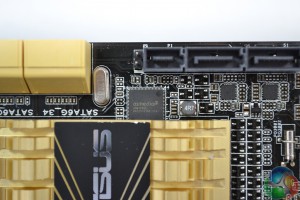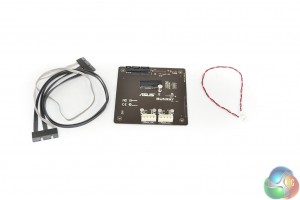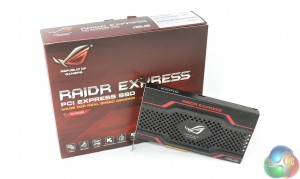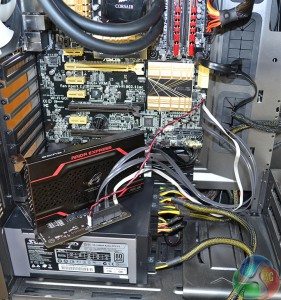We have spoken about SATA Express in general, but how exactly does Asus implement the connection on its Z87 Deluxe motherboard? After all, this could well be the makeshift solution that will serve on motherboards until Intel (or AMD for that matter) incorporates SATA Express onto its chipsets.
For Asus's solution, one of the SATA Express connections is linked to the Z87 chipset. Two PCIe 2.0 lanes are directed from the PCH to the relevant SATA Express connector (along with the relevant SATA 6Gbps connections for backwards compatibility).
The other SATA Express connection is provided by an ASMedia ASM106SE controller. Asus told us that the ASMedia controller hasn't been officially launched yet, hence why information regarding the IC is particularly scarce. The company also pointed out that its adoption may be subject to change.
Using two PCIe 2.0 lanes, Asus's SATA Express solutions are capable of up to 1GB/s transfer speeds (after removing overheads).
It is feasible for PCIe 3.0 lanes to be re-directed from the CPU to a SATA Express connection, allowing for transfer speeds of up to 2GB/s. This solution seems somewhat less likely on mainstream platforms due to the limited number of PCIe 3.0 lanes, but it could be viable for Intel's HEDT platform.
Firstly let's address the problem with testing SATA Express. The main issue would be the lack of commercially available drives which support the high-speed PCIe version of the interface.
To overcome this problem, Asus uses a custom-built board which connects to the motherboard via SATA Express. Attached to this board (called Runway) is a physical PCIe slot which allows a PCIe device to be connected.
The result is a connection which is operated via the SATA Express interface and uses a drive which is fast enough to test the implementation's speed.
An external clock cable is used for the PCIe clock signal, although Asus indicates that this isn't necessarily going to be required in the future when connecting a native SATA Express device which uses the PCIe connection.
In order to test the speed of SATA Express, Asus uses its PCIe ROG RAIDR Express SSD. The RAIDR is effectively a pair of RAID-0 SandForce SF2281 SSDs together on a single board. Sequential read and write speeds for the RAIDR are stated as 830MB/s and 810MB/s, respectively.
Numbers in the 800MB/s range are what make the RAIDR an excellent choice for testing the bandwidth provided by Asus's SATA Express implementation.
We hooked up the necessary cables and tested the SATA Express connection using the ROG RAIDR and Asus's Runway board. Our test system's Windows 7 64-bit OS was installed on a Samsung 840 SSD.
Test System:
- Processor: Intel Core i7 4770K Retail @ stock.
- Motherboard: Asus Z87 Deluxe SATA Express.
- Memory: 8GB (2x 4GB) G.Skill RipjawsX (F3-2133C9Q-16GXL) 2133MHz 9-11-11-31.
- System Drive: 500GB Samsung 840 Series SSD.
- Operating System: Windows 7 Professional with SP1 64-bit.
We tested both SATA Express connectors; one implemented via PCIe 2.0 lanes directly from the Intel PCH and the other operating via an ASMedia ASM106SE controller. We will also include numbers for the ROG RAIDR operating directly from a native PCIe slot. An SF2281-equipped SanDisk Extreme 120GB serves as the SATA 6Gbps comparison.
 KitGuru KitGuru.net – Tech News | Hardware News | Hardware Reviews | IOS | Mobile | Gaming | Graphics Cards
KitGuru KitGuru.net – Tech News | Hardware News | Hardware Reviews | IOS | Mobile | Gaming | Graphics Cards






